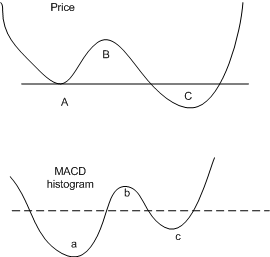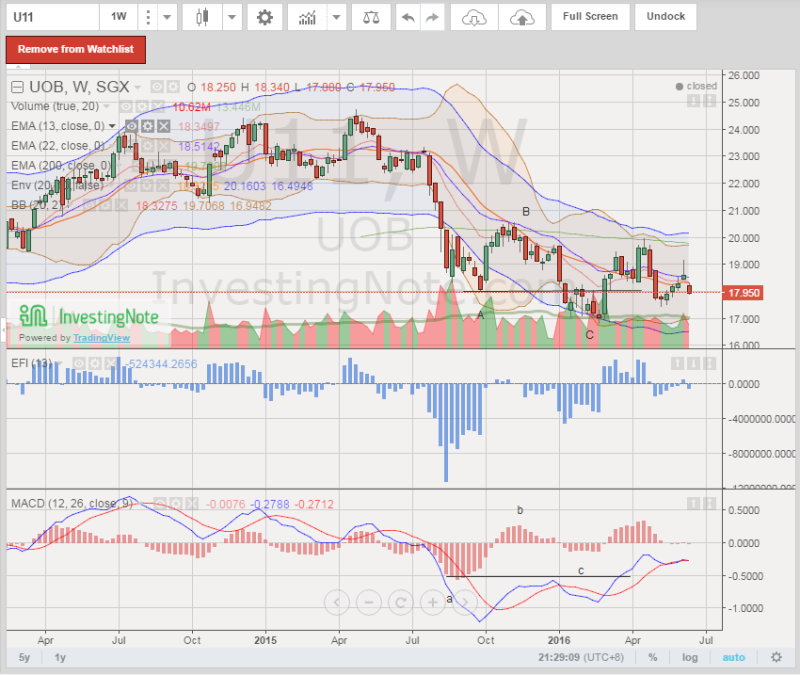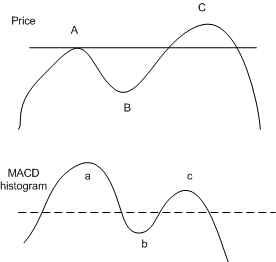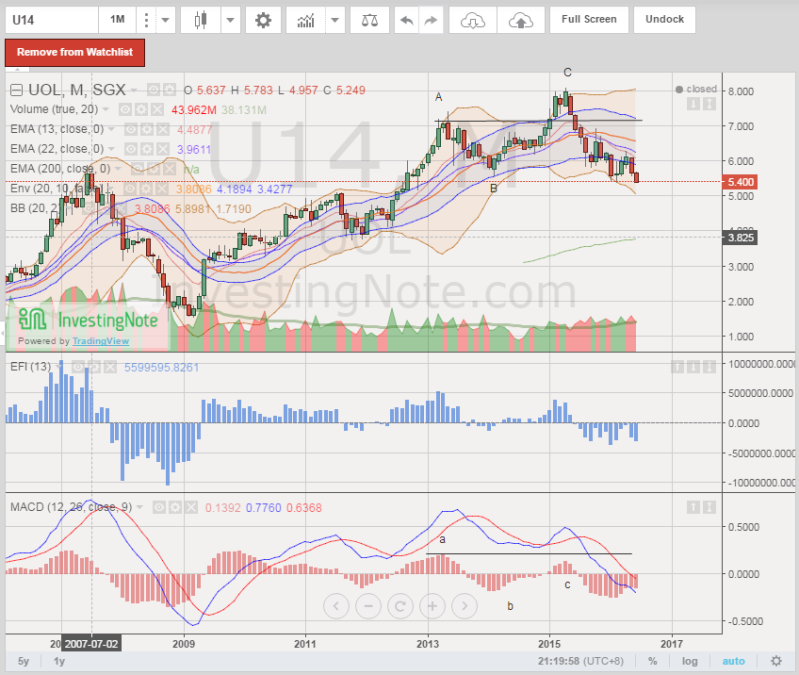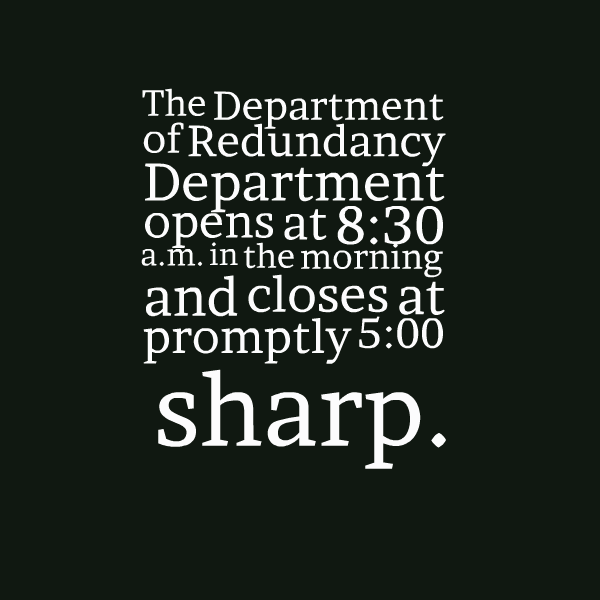Thanks to sillyinvestor for egging me on to write something in my blog. Been a busy June for me and I'm still recuperating lol! But here's a very good story inspired by an article I read recently here. It's a very good article but also a sad one for me. I'm not sure why though. It's like something is lost and yet nobody knows it. Imagine losing a precious thing to you, but you didn't notice it because you had forgotten the thing was once precious to you. It's a doubly sort of loss.
Here's the Animal School by George Reavis:
Once upon a time the animals decided they must do something heroic to meet the problems of a “new world” so they organized a school.
They had adopted an activity curriculum consisting of running, climbing, swimming and flying. To make it easier to administer the curriculum, all the animals took all the subjects. The duck was excellent in swimming. In fact, better than his instructor. But he made only passing grades in flying and was very poor in running. Since he was slow in running, he had to stay after school and also drop swimming in order to practice running. This was kept up until his webbed feet were badly worn and he was only average in swimming. But average was acceptable in school so nobody worried about that, except the duck.
The rabbit started at the top of the class in running but had a nervous breakdown because of so much makeup work in swimming. The squirrel was excellent in climbing until he developed frustration in the flying class where his teacher made him start from the ground up instead of the treetop down. He also developed a “charlie horse” from overexertion and then got a C in climbing and D in running. The eagle was a problem child and was disciplined severely. In the climbing class, he beat all the others to the top of the tree but insisted on using his own way to get there. At the end of the year, an abnormal eel that could swim exceeding well and also run, climb and fly a little had the highest average and was valedictorian.
The prairie dogs stayed out of school and fought the tax levy because the administration would not add digging and burrowing to the curriculum. They apprenticed their children to a badger and later joined the groundhogs and gophers to start a successful private school.
Here's the Animal School by George Reavis:
Once upon a time the animals decided they must do something heroic to meet the problems of a “new world” so they organized a school.
They had adopted an activity curriculum consisting of running, climbing, swimming and flying. To make it easier to administer the curriculum, all the animals took all the subjects. The duck was excellent in swimming. In fact, better than his instructor. But he made only passing grades in flying and was very poor in running. Since he was slow in running, he had to stay after school and also drop swimming in order to practice running. This was kept up until his webbed feet were badly worn and he was only average in swimming. But average was acceptable in school so nobody worried about that, except the duck.
The rabbit started at the top of the class in running but had a nervous breakdown because of so much makeup work in swimming. The squirrel was excellent in climbing until he developed frustration in the flying class where his teacher made him start from the ground up instead of the treetop down. He also developed a “charlie horse” from overexertion and then got a C in climbing and D in running. The eagle was a problem child and was disciplined severely. In the climbing class, he beat all the others to the top of the tree but insisted on using his own way to get there. At the end of the year, an abnormal eel that could swim exceeding well and also run, climb and fly a little had the highest average and was valedictorian.
The prairie dogs stayed out of school and fought the tax levy because the administration would not add digging and burrowing to the curriculum. They apprenticed their children to a badger and later joined the groundhogs and gophers to start a successful private school.




